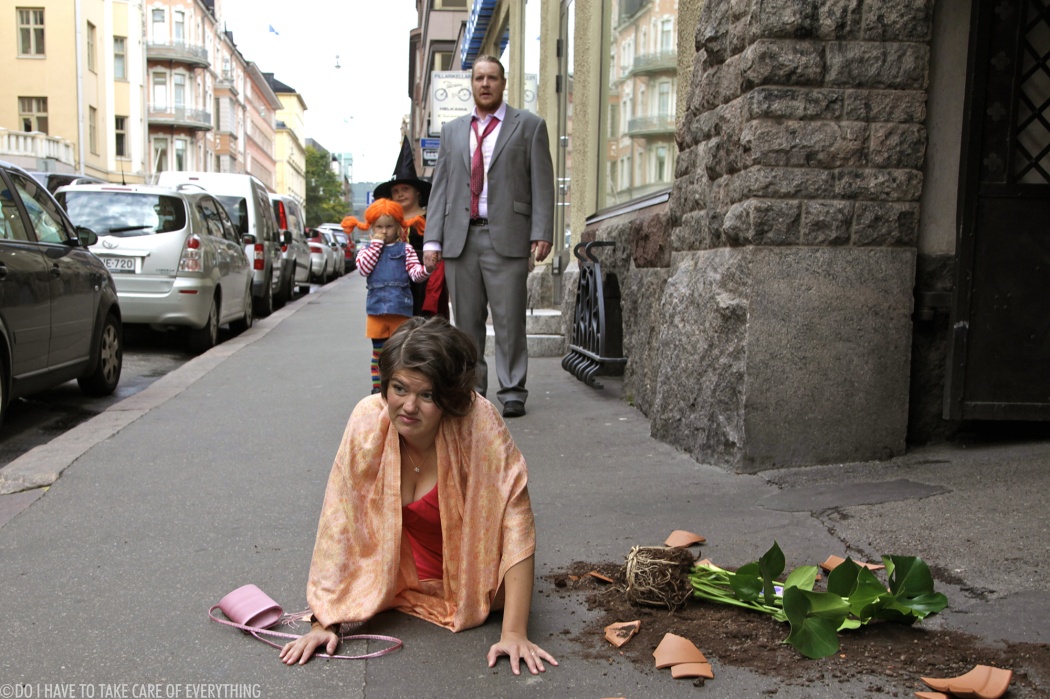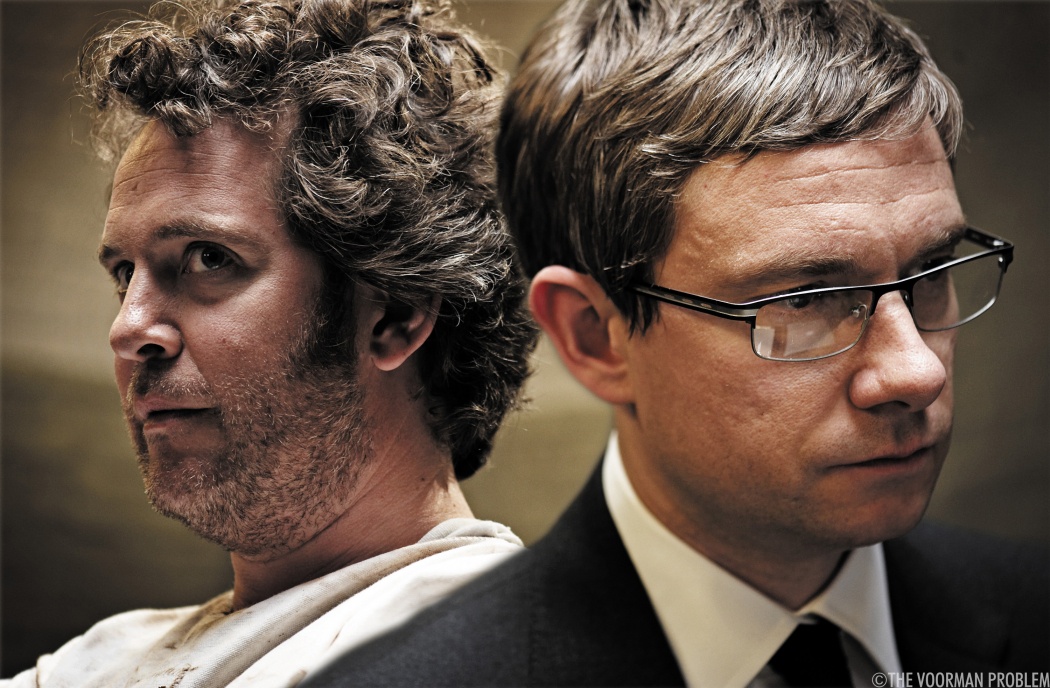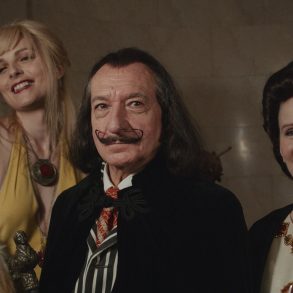Every year, the Academy Awards feature incredible short films from around the world in three individual categories. Unfortunately, many viewers – even those who consider themselves fans of cinema – resort to flipping coins when filling out these categories on their Oscar ballots, and use the presentation of these awards as opportunities to refill on snacks. Although often lost amidst the Best Picture hype, these films are well worth our attention as well. Short films must draw upon a wide variety of techniques in order to convey their messages in a brief timespan, and the result is often an intense and concentrated piece of film that may be just as powerful as a full-length feature. The official Academy Award rules state that a short film must run under forty minutes, including the credits, but these works are often much shorter. Below, I briefly examine the films nominated this year for Best Live Action Short, which were as diverse as they were universally strong, in ascending order of favourites.
Aquel No Era Yo (That Wasn’t Me) – Spain
Aquel No Era Yo (That Wasn’t Me) tells the story of innocent Spanish doctors in an unidentified African country who are kidnapped and held by a ruthless Guerilla leader and his army of child soldiers. Director Esteban Crespo of Spain depicts a terrifying scenario with brutal imagery and sound. The raw, hand-held filming technique he employs reflects the brutal topic, so that this film is difficult to watch due to its style as well as its subject. Eventually, a frame story is revealed, so that the film viewer realizes that we are not the only audience; one of the former child soldiers, now a young man, is actually narrating the story to a group of students. The reactions of these individuals reflect those of the audience, as the story builds in intensity and emotion. Ultimately, Aquel No Era Yo offers a tense and action-packed snapshot of war, and does so in very little time. Although certainly the most bloody, I do not, however, consider this film to be the most effective thriller in its category, as a quieter film yet to be discussed stole the show in terms of the creation of unbearable suspense.

Pitääkö Mun Kaikki Hoitaa? (Do I Have to Take Care of Everything?) – Finland
Pitääkö Mun Kaikki Hoitaa? (Do I Have to Take Care of Everything?), from directors Selma Vilhunen and Kirsikka Saari, proves that even a light and humourous film can earn a justified position at the Academy Awards. This film from Finland offers a glimpse into the hectic life of an average family as they prepare to attend a wedding. Chaos reigns as the mother frantically tries to ready herself, as well as her husband and two young girls. Here is a brief snapshot of a life to which all can relate, transcending the boundaries of language and country. The family is funny and engaging, and could even be the focus of a full-length feature if the scope of their tale was expanded. The tone of Pitääkö Mun Kaikki Hoitaa? may be breezy, but this family portrait is of the highest caliber, and the film demonstrates that a work does not have to be serious to leave a lasting impression.

The Voorman Problem – England
It may be rare to see big name stars appearing in short films, yet British directors Mark Gill and Baldwin Li hit the jackpot when they managed to secure Martin Freeman and Tom Hollander as the stars of The Voorman Problem. Freeman leads as a psychiatrist enlisted to examine a prisoner (Hollander) in a high security prison who claims to be a god – and has convinced his entire cellblock of this fact as well. If Freeman believes the prisoner to be insane, he can be transferred to an asylum, yet all is not as it initially appears. The two engage in a verbal battle unlike any other, and their interactions are as fascinating as they are hilarious. Freeman is known for building layered and intriguing characters, but here, he has certainly met his match in Hollander. Both of these actors employ a quiet brand of humour, relying on their subtle expressions and perfectly timed reactions to engage an audience. Although interesting, the quirky situation presented does not require any more time to be explained, and seems to be the ideal plot for a short film. Employing a darker brand of comedy than Pitääkö Mun Kaikki Hoitaa?, The Voorman Problem will certainly leave one laughing, but it just may leave one thinking as well.

Avant Que De Tout Perdre (Just Before Losing Everything) – France
A close second to my favourite live action short is directors Xavier Legrand and Alexandre Gavras’ Avant Que De Tout Perdre (Just Before Losing Everything) from France. This unbearably tense film takes its time setting up its action – an ironic and unusual statement in regard to short film. The piece depicts a frantic mother and her children who are on the run from something, but just what is long left unexplained. Since very little is actually stated in dialogue, it is impossible to quickly ascertain what exactly is going on in the lives of this family, and the viewer is left to put together the pieces as the film goes on and the mystery builds along with the suspense. The mise-en-scene is meticulous and detailed, as it is evident that the directors carefully selected that which appeared in each frame. Although this film is unfailingly calm and understated, it is impossible to express the extent to which the unbearable suspense affects an audience. This level of intensity would be unsustainable for a full-length feature, allowing for the short form to be the perfect medium for this tale. In Avant Que De Tout Perdre, a remarkable feat is accomplished: a portrait of an unbelievably strong woman is painted in under thirty minutes, and we are left genuinely caring for her well being and invested in her ultimate fate.

Helium – Denmark
Finally, directors Anders Walter and Kim Magnusson of Denmark bring us Helium, the tale of a dying young boy and the kind cleaning man who tries to help him. This tale centers on the terminally ill boy as he begins to interact with the new man responsible for cleaning his room. When the boy admits that he is afraid to go to Heaven because it looks boring, the man invents the alternative paradise of Helium, building upon the story upon every meeting. Since the young actor must carry the film on his slight shoulders, it was imperative that he act with confidence, which he does masterfully in his depiction of a youngster who is serious yet lovable. The interactions and conversations between the two protagonists are simultaneously heart warming and rending, inspiring laughter as well as tears. Gorgeously shot dream sequences that convey an adolescent imagination add elements of whimsy and fantasy to the piece. This short film even manages to effectively convey the passage of time, and by its conclusion, an audience feels as emotionally invested as if they had watched an entire feature length film. Top-notch acting, stunning cinematography, and an emotive score combine to create a lovely film full of both sadness and beauty. The ability to pack so much emotion into a very short film is undeniably impressive, and is ultimately the reason why Helium is my favourite live action short of the year.







